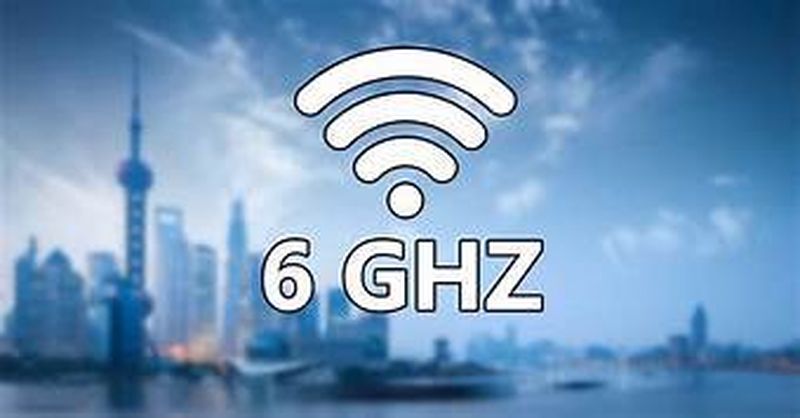In a notable move for the budding metaverse sector, the United States Federal Communications Commission (FCC) approved various technologies to harness the 6GHz frequency band. The decision is timely, and it aligns with the influx of mixed devices that are making their debut in the tech market.
Access For Wearable Technologies
On October 19, 2023, the FCC confirmed a major rule change: the 6GHz frequency band, providing an incredible 850 megahertz of spectrum, will now be accessible to “very low power devices” sans licensing needs. The development is specifically beneficial for low-power wearable technologies that are mainly foundational to the metaverse, including devices that were designed for virtual and augmented reality experiences.
The 6GHz band holds great promise for these devices, offering faster speeds, wider bandwidth, and significantly lower latency. These advantages are anticipated to elevate the user experience, facilitating smoother and more immersive interactions within the metaverse.
VR And AR Wearables
Prominent tech industry leaders have a history with this frequency spectrum. Companies like Meta, Apple, and Google have been leading the way in creating augmented reality (AR) and virtual reality (VR) wearables designed to provide state-of-the-art experiences for users. Their keen interest in the 6GHz band became apparent in 2020 when they formally requested the FCC’s authorization to harness this frequency spectrum for their innovative, low-power wearable devices.
These applications of the 6GHz band are varied and vast. For example, it can be harnessed to smoothly link AR/VR devices to smartphones, which enriches user experience. Another possible use is the sharing of navigation data with vehicles, allowing enhanced vehicle-to-device communication.
![]()
Safeguarding Interests
The FCC’s approval comes with a defined emphasis on maintaining the integrity of the frequency band. This regulatory authority highlighted the importance of guaranteeing that devices work at very low power levels. The keen calibration is important to prevent any interference with other critical services that share a similar frequency spectrum.
Certainly, the 6GHz band plays a crucial role in supporting various essential services. This encompasses the operation of the U.S. electrical grids, enabling long-distance telephone communications, and supporting backhaul operations, which are vital connections between central and subnetworks. Given the significance of these services, the FCC’s regulatory supervision is essential to safeguard their uninterrupted operation from potential disruptions by new entrants.
The Future
Although the current approval marks a significant advancement, the FCC’s vision for the 6GHz band extends beyond this point. The regulatory agency is actively exploring additional expansion possibilities, including the potential for low-power devices to access the remaining bandwidth in the 6GHz band. Furthermore, the FCC is considering the option of permitting devices to operate at higher power levels, with the requirement of geofencing to ensure that licensed operations within the same band remain interference-free.
Ultimately, the FCC’s decision marks a significant milestone in the evolution of wearable technology and the metaverse. As tech companies move on with their innovations, this increased access to the 6GHz band promises to catalyze the richness and growth of augmented and virtual reality experiences.





